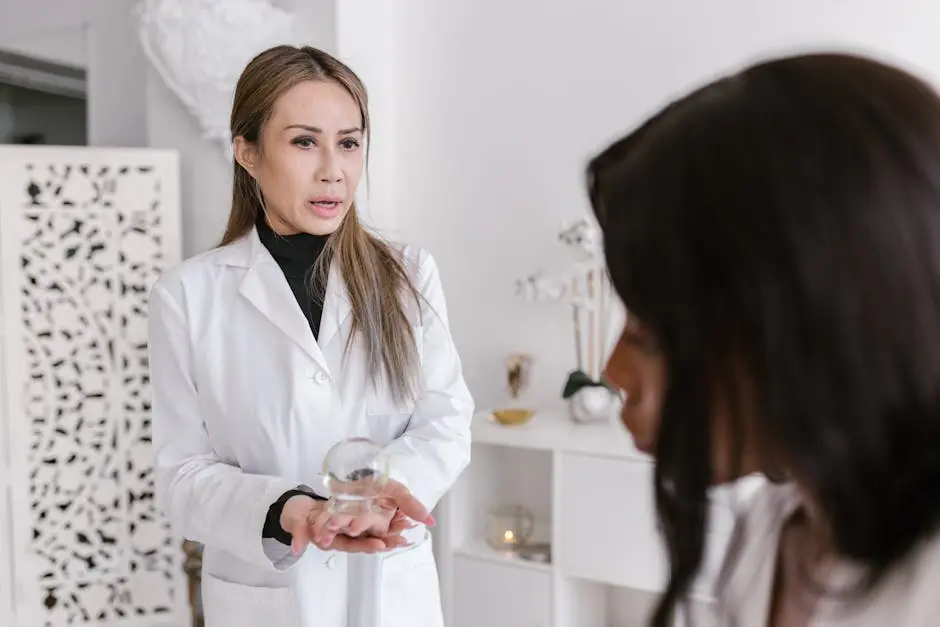Cupping therapy has gained popularity as an alternative treatment for various health issues. But how suitable is it for pediatric patients, especially in the context of physiotherapy? In this article, we explore the effectiveness, safety, and considerations of using cupping therapy for children.
Understanding Cupping Therapy
Cupping therapy involves placing suction cups on the skin to improve blood flow and relieve pain. This section explains the principles behind cupping and its historical context in medicine.
Originating from ancient Chinese and Middle Eastern practices, cupping has evolved into a popular form of alternative medicine. Its primary goal is to promote healing by enhancing circulation and reducing inflammation. For children, understanding how this method works is essential, as it lays the foundation for its application in physiotherapy.
In pediatric physiotherapy, the method of cupping can be adapted for children, taking into account their unique physiology. The cups create suction, pulling the skin upward, which may help in loosening muscles and connective tissue. This can be particularly beneficial after an injury or during rehabilitation, enhancing the overall healing process.
Benefits of Cupping Therapy for Children
Discover how cupping therapy may help alleviate certain conditions in children, such as muscle tension, respiratory issues, and more. We will discuss the potential therapeutic benefits specific to pediatric patients.
Cupping therapy can provide significant relief for children suffering from respiratory conditions, including asthma and bronchitis. By improving lung function and reducing congestion, cupping therapy may enhance overall respiratory health, making it easier for kids to breathe during physical activities.
Additionally, many children deal with growing pains or sports-related muscle tension. Cupping therapy can relieve this discomfort, helping young athletes recover faster and return to their favorite activities with ease. As parents and caregivers, recognizing these benefits can lead to better management of your child’s physical well-being.
Another advantage is its role in improving focus and relaxation. Kids often lead busy lives with school and extracurriculars, sometimes leading to stress or anxiety. Cupping has been noted to promote relaxation and mental clarity, helping children feel rejuvenated and ready to tackle their day.
Safety Considerations
Before considering cupping for children, it’s essential to address safety concerns, possible side effects, and contraindications to ensure an informed decision.
Safety is always a priority when it comes to pediatric care. Cupping therapy should be approached cautiously, especially for younger children. While most side effects are mild, such as temporary bruising or redness, it’s crucial to monitor any reactions closely. Parents should ensure that the therapist is experienced and knowledgeable about pediatric needs.
Certain conditions may contraindicate cupping therapy. These include skin conditions, infections, or allergies in the area where cups will be placed. Having a thorough consultation with a healthcare provider can help identify any potential risks, making it safer for your child to undergo treatment.
Education and awareness are key components. Parents should familiarize themselves with the therapy and how it fits into their child’s broader health plan. This knowledge encourages a healthier dialogue with practitioners and allows families to make informed choices about therapies like cupping.
Consulting with a Pediatric Physiotherapist
It’s important to consult with a qualified pediatric physiotherapist before starting any new therapy, including cupping. This section emphasizes the importance of professional guidance tailored to a child’s unique health needs.
Engaging with a pediatric physiotherapist equips you with expert knowledge about your child’s specific conditions. They can evaluate whether cupping therapy is a good fit based on your child’s age, health history, and current state. This step assures that the therapy chosen is safe and effective.
The physiotherapist can also guide parents on how to prepare their child for the therapy session, addressing any concerns or questions they might have. This kind of professional support fosters a sense of confidence, making the experience more comfortable for both parents and children.
Alternatives to Cupping Therapy
Explore other therapeutic approaches that might be considered for pediatric physiotherapy, providing a broader perspective on treatment options available.
While cupping therapy holds promise, it’s only one of many techniques available. Other effective methods include massage therapy, physiotherapy exercises, and heat therapy. Each has its strengths and can be tailored to a child’s specific health needs.
Massage therapy can serve as a wonderful alternative for alleviating muscle tension. It is well-tolerated by children and can be adapted in techniques to suit younger patients. The soothing touch can improve emotional well-being alongside physical relief.
Additionally, gentle exercises guided by a pediatric physiotherapist can enhance mobility and strength without the need for invasive methods. Families should consider a comprehensive treatment plan that incorporates multiple approaches for optimal results.
Final Thoughts on Cupping Therapy in Pediatric Care
Cupping therapy can be a beneficial adjunct to pediatric physiotherapy when used appropriately. It’s crucial to consider individual needs and consult with healthcare professionals to ensure safety and effectiveness.




